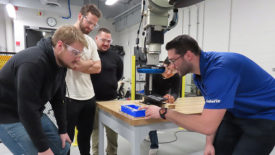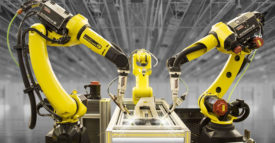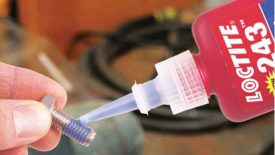Adhesives & Dispensing Assembly
Articles about epoxies, cyanoacrylates and other adhesives.
ARTICLES
Adhesives and Dispensing
Free Online Workshops to Promote Innovation in Adhesive Dispensing
June 25, 2024
Aerospace Manufacturing
Lockheed Adds Epoxy Shim to Approved Materials List
April 22, 2024
EVENTS
Never miss the latest news and trends driving the manufacturing industry
Stay in the know on the latest assembly trends.
JOIN TODAY!Copyright ©2024. All Rights Reserved BNP Media.
Design, CMS, Hosting & Web Development :: ePublishing











